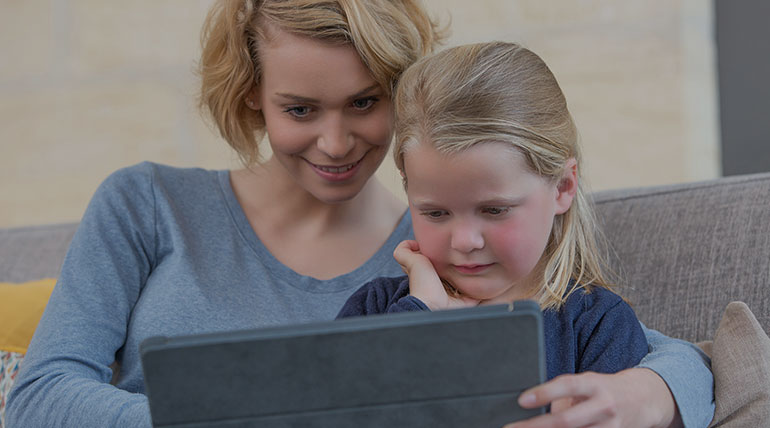Oftentimes, parents are left wondering how they can help their non-verbal child communicate his/her wants and needs. There is a wide variety of ways to help non-verbal children communicate, from sign language to use of an iPad software. In today’s post, we will be discussing Augmentative and Alternative Communication (AAC), an alternative to speaking.
The term AAC is broad and encompasses a variety of communication tools. Different ways of communication work for different children, so it is important to explore your options and see which method works best for your child. AAC is divided into two categories: low-tech and high-tech. Low-tech means that the tool does not require batteries or electricity, like a picture board. High-tech is the exact opposite, with a major example being an iPad.
There are many other low-tech options that have proven to be effective for children with developmental disabilities. One of these we commonly use in our practice is the Picture Exchange Communication System, or PECS. This communication system uses pictures for children to make requests. We use PECS for our non-verbal clients as a first step toward expressive communication. When training a child to use PECS, we need to use two people, one as the prompter, and one as the communication partner. The communication partner is the person who the child is requesting something from, and the prompter helps the child choose the right card on the first try. We try to use actual pictures of the objects that they are requesting so that the children know exactly what they are asking for.
While low-tech options can be highly effective, there are also many great high-tech options that children would benefit from. One example we mentioned above is an iPad. There are many communication apps that can be installed, such as LAMP, Proloquo2Go, and Voice4U. All of these apps let the user tap on what he/she wants to say, and the phrase or sentence comes out as a voice through the software.
We hope this post about AAC helped you explore some options for helping your children communicate. We wanted to convey that there are options available for communication and that verbal language is not the only way. Happy Friday, everyone!

